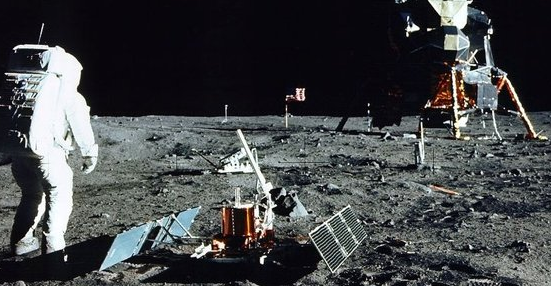The Ozone is Healing
A fresh MIT-led research verifies that the Antarctic ozone layer is recovering mainly thanks to international actions to limit ozone-depleting compounds. Though earlier indicators of ozone recovery have been noted, this research offers compelling statistical support for the theory that the recovery is mostly due to these cuts rather than to changes in natural weather patterns or more greenhouse gases.
One of the study's authors is Susan Solomon, an MIT professor who stresses the relevance of the results. With 95% confidence, the research shows that the ozone layer is healing, therefore proving that environmental issues can indeed be solved effectively. With leading author graduate student Peidong Wang, along with other co-authors and contributors from several institutions, the study is released in the magazine Nature.
Ozone, naturally present in the Earth's stratosphere, shields the world from damaging ultraviolet radiation. Scientists found in 1985 an ozone "hole" over Antarctica that formed in the spring months, pand letting UV radiation to reach the surface and cause skin cancer and other diseases. Solomon earlier headed 1986 expeditions that established chlorofluorocarbons (CFCs) as the source of this depletion. Their presence in the stratosphere led to ozone destruction since they were found in many refrigerants and aerosol products.
The Montreal Protocol, developed in 1987, is a international treaty meant to help the Ozone layer recover by phasing out CFC manufacturing. Solomon observed signs of improvement in the ozone hole, especially September when it reopened, but in a 2016 research the data was still mostly anecdotal. The recent research intends to measure the recovery and differentiate it from regular variation induced by El Niño or La Niña.
The MIT study found the source of the rebound using a climate science technique called "fingerprinting. " Originally created to follow human effects on climate change, this technique isolates particular forces influencing climate. Solomon and Wang applied this method to track the recovery of the ozone hole thanks to decreases in ozone-depleting substances.
Their work entailed running simulations of the Earth's atmosphere under different circumstances to observe the variations in ozone levels. First they modelled cases with no rise in greenhouse gases or ozone-depleting chemicals, then only with cuts in these damaging substances. Their ability to find a "fingerprint" of rehabilitation exactly correlated with the reduction in ozone-depleting compounds was seen by comparing the findings.
The scientists compared this fingerprint against real satellite data on the Antarctic ozone hole from 2005 onwards. The fingerprint was most obvious in 2018, and they could confidently say with 95% certainty that the recovery was mostly a result of human attempts to cut harmful substances since it was getting sharper over time.
Wang observed that this statistical confidence indicates a little probability of the observed pattern being pure random noise. Both scientists think these facts demonstrate our environmental problem-solving potential. Should recovery trends keep, there could be years around 2035 without any ozone hole, Solomon forecasts; this would be a notable accomplishment in terms of environmental activism and knowledge.
Reference
Massachusetts Institute of Technology (2025) - The Antarctic ozone hole is healing, thanks to global reduction of CFCs
Available at- https://phys.org/news/2025-03-antarctic-ozone-hole-global-reduction.html
(Assessed: 12th March 2025)







